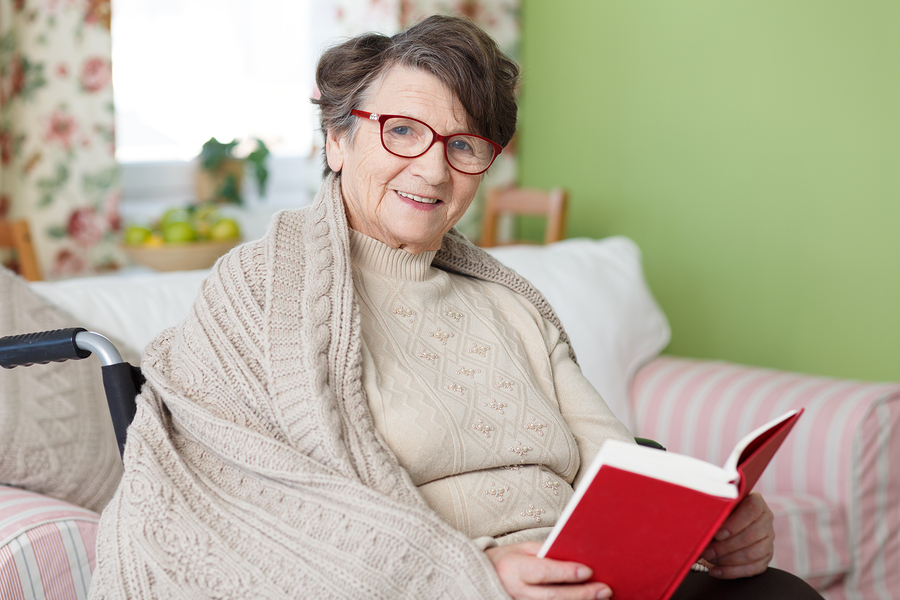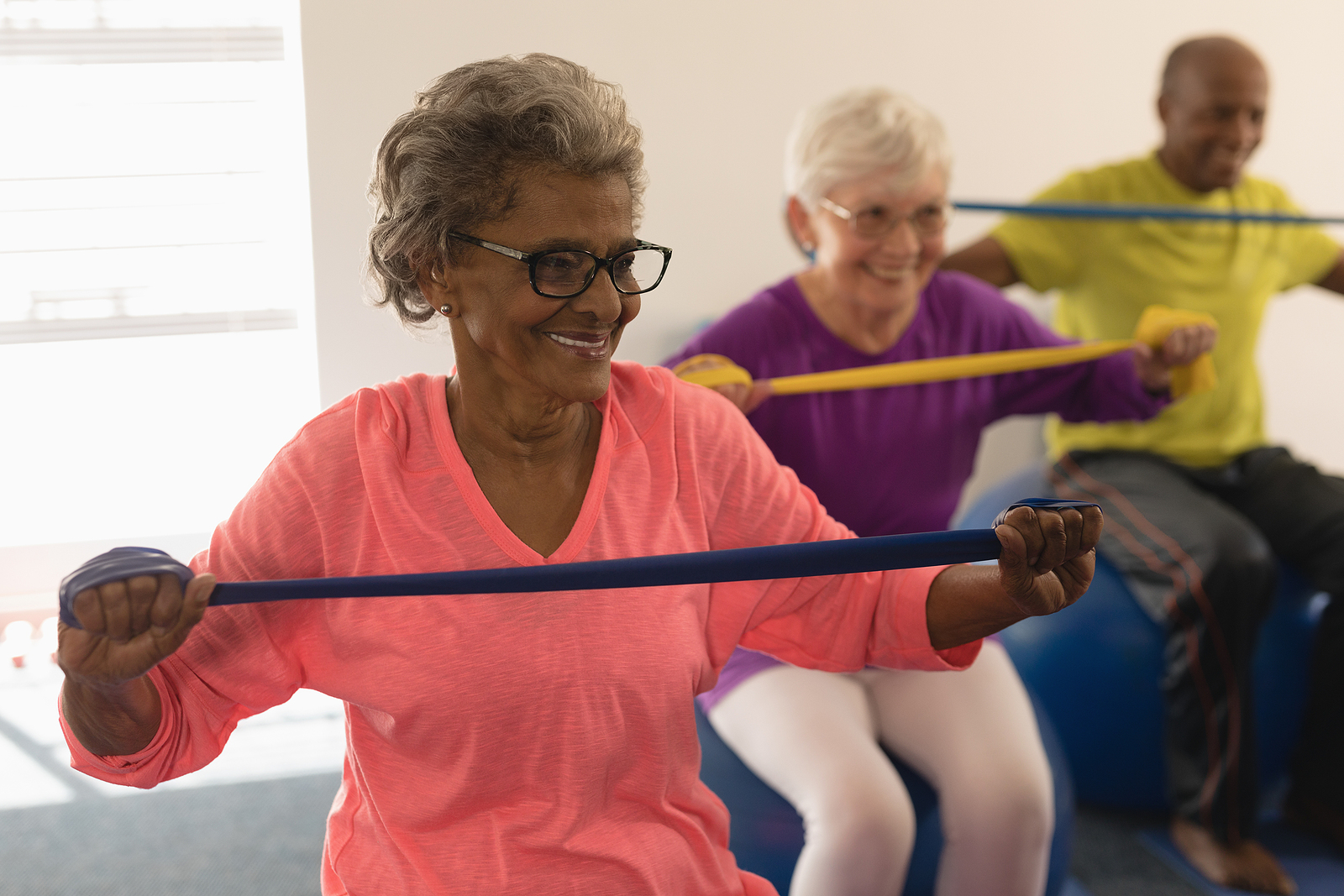Aging bodies undergo a variety of different changes that make it tougher to regulate temperature properly. That can sometimes mean that seniors find themselves feeling cold more often. Feeling cold can cause seniors to be uncomfortable and might even make it more difficult for them to stay as healthy as they should. Feeling cold all the time also affects how well seniors are able to manage chronic health issues, which is a big problem. Senior home care providers can help aging adults manage temperature regulation and stay comfortable.
Challenges Due to Aging
Aging itself is responsible for a great many of the challenges seniors experience with temperature regulation. Metabolisms slow down and circulation changes as well. These changes affect how well the body distributes heat, especially in the extremities.
Underlying Health Conditions
Some health issues that seniors tend to experience can contribute to feeling cold easily. Diabetes, anemia, thyroid issues, and heart conditions can all be a part of the problem. Keeping these conditions under better control can help with temperature regulation. But it’s also important to realize that some medications that are meant to help with these issues can also have side effects that impact temperature regulation.
Decreased Activity Levels
Very often seniors are less active as they age than they were when they were younger. That decrease in physical activity can contribute to feeling colder more often. Physical activity helps to generate heat in the body, which helps the body maintain its core temperature. When seniors are more sedentary, it’s more difficult for their bodies to generate the heat they need.
Decreased Appetite
Many aging adults don’t eat a lot of food and this can cause issues with temperature regulation. Poor nutrition and eating fewer calories than they truly need affects both energy levels and metabolism. Dehydration is another issue seniors battle and getting too little water may have more trouble with circulation as well as feeling colder.
Keeping Seniors Warmer
There are lots of ways seniors can stay warmer and more comfortable. Layering clothing and maintaining a comfortable temperature inside the house helps. It also helps a great deal for home care providers to help seniors eat nutritious meals regularly. Senior home care providers can also monitor seniors to see how well they’re doing overall. When home care providers notice signs that seniors are more sedentary than usual or that they are experiencing other challenges that could cause them to feel colder than usual, they can help seniors find solutions for those problems.
A variety of different factors can cause seniors to feel colder than they should. The key is for family caregivers to determine what could be contributing to the problem so that they can solve those issues. Senior home care providers can help considerably with this goal, helping aging adults to be as comfortable as possible. Feeling warmer and avoiding cold-related health issues improves overall well-being and quality of life, making it easier for seniors to live the lives they want while they age in place.
If you or an aging loved one is considering senior home care in Clayton, CA, please contact the caring staff at Golden Heart Senior Care of Walnut Creek. (925) 203-3039.

